Clay Soil: How to Work with It & My Top 5 Plants
There are few things that say Georgia more than red Georgia clay. Songs have been written about it and movies, like Gone with the Wind, have taken their cues from it.
And for gardeners in the South, clay is just our reality.
Although clay-rich soil poses some definite challenges, planting in it doesn’t have to be as bad as many people make it out to be. You just have to consider the type of growing environment it creates and plan…err, plant accordingly.
[Credit for featured photo above: twilliams4.az Flickr via Compfight cc]
![]()
What’s the Big Deal about Clay Soil & What to do About It
Now, if you’re scratching your head wondering if you have clay soil, well…you probably don’t. Because you’d know it.
- If you try digging in it when it’s dry it’ll feel like you’re trying to dig in a parking lot.
- When it’s wet it sticks to your shoes like gluey cake batter & gunks up your tools.
- If it’s truly the red stuff, it’ll stain your clothes a nice shade of orange. Lovely right? (And by the way, clays come in a range of colors. So if you don’t see our orangey-red hues, that doesn’t mean there isn’t a lot of clay in your soil.)
But if you’re still not certain…grab some soil in your hand and squeeze. Open up and…
- …if it crumbles right away, you have sandy soil.
- …if it holds its shape even after a little flick, you have clay soil.
- …if it holds its shape, but crumbles after you flick it – you’ve hit the gardener’s jackpot … you have loamy soil.
If you’re one of those types who still wants scientific proof of exactly what your soil is made of – you can contact your local county extension office and do a soil test. Click here to find a handy-dandy map that will direct you all the way to your county’s extension office.
But again, clay soil is not all that bad…or at least it doesn’t have to be. You just have to know what you’re dealing with and be smart about it.
So without going too Science 101 on you, I want to share a couple of things about clay-heavy soils that will hopefully help you with your gardening endeavors.
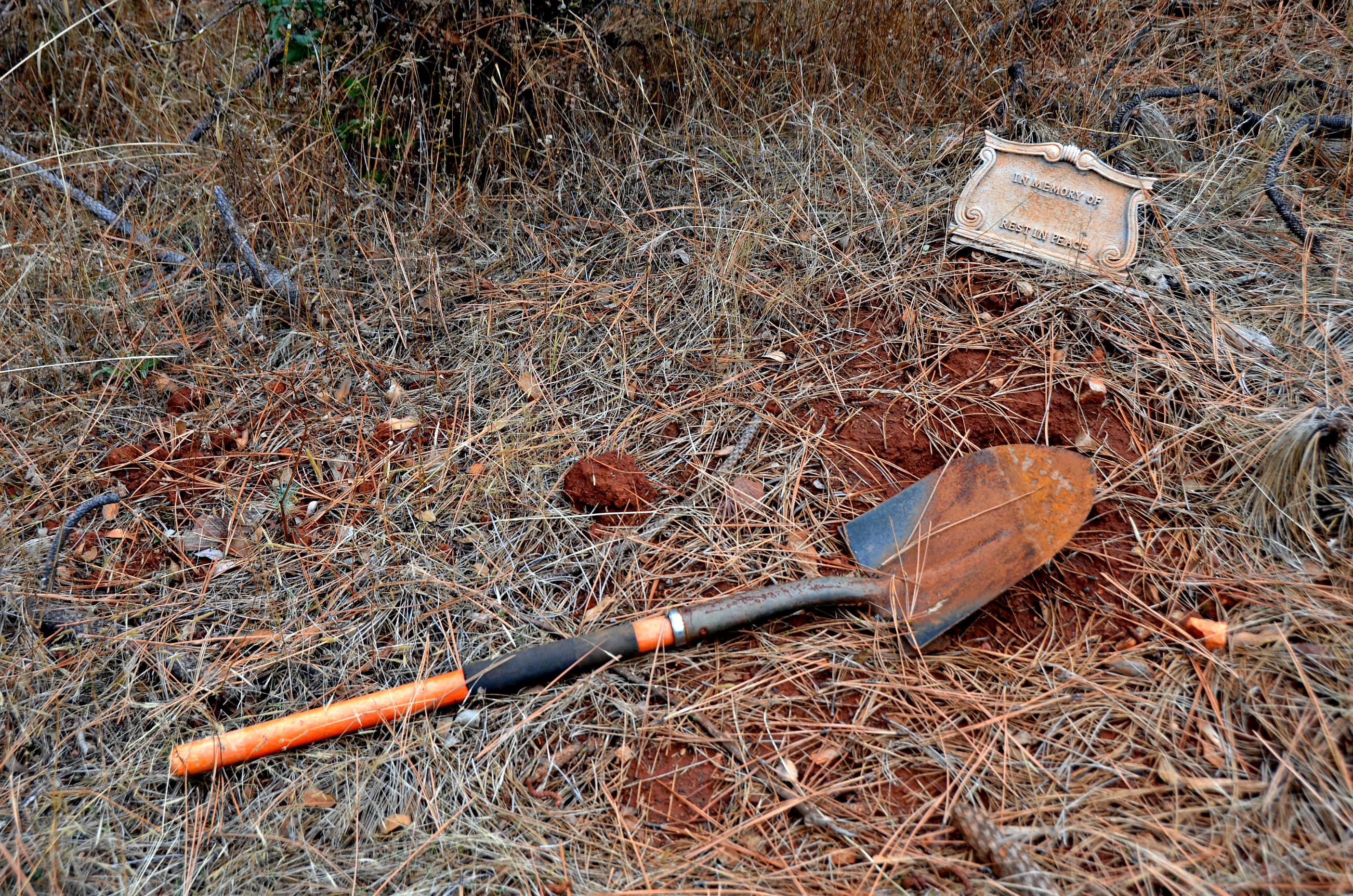
Photo Credit: Pedestrian Photographer Flickr via Compfight cc.
What’s most challenging about clay is its structure. It’s made up of teensy-tiny horizontal particles that are stacked tightly on top of each other. As a result, clay-heavy soil is dense and compacts easily. This makes it difficult for water to flow through it – thereby creating drainage issues. Like…it drains really slowly. So when it’s wet, it’s really wet. But once drained and dry, it’s really dry…like a brick!
Besides not letting water flow through it easily, clay-heavy soil’s dense, horizontal structure also makes it difficult for a plant’s roots to work their way through it…and, by definition, has few air pockets. As a result, plants living in soil with a high clay content are challenged to effectively feed themselves the nutrients they need.
So what does all of this mean to the gardener working in clay-rich soil?
- Try to keep foot and equipment traffic to a minimum. Doing so will minimize the chances of additional compaction.
- If your soil is wet, put down your gardening tools and do something else until it dries out. Wet clay compacts even easier – so your well-intentioned efforts would do more harm than good.
- What you can do is add a few inches of rich organic matter (e.g., compost) on top of the soil throughout your planting beds. And don’t do this just once, keep doing it over time – like years. After awhile this will improve the structure of your soil – making it easier for water & air to flow through it and for your plants’ roots to penetrate it and suck up the much-needed nutrients.
- Some say to till in the organic matter, others say don’t because it unduly disrupts all the organisms keeping your soil fertile. I usually choose the latter – not because I have a strong opinion either way, but because I have a long list of other things I could be doing outside!
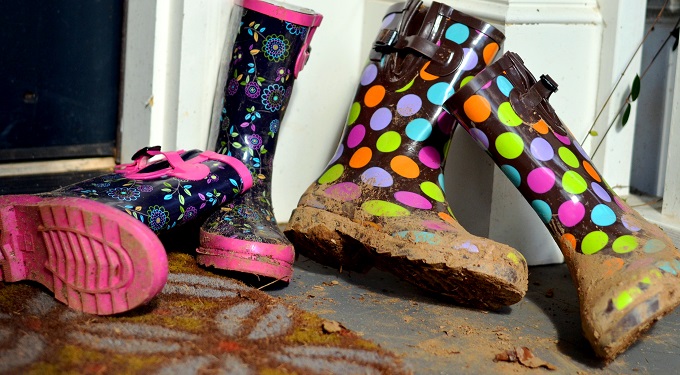
Now, all the above tips are great and all…and you should probably think about doing them. But the best piece of advice I can give you is to simply choose plants that do well in clay soil. Obvious…right?!?
And if you do, your wallet will thank you. Your watch will thank you. And your back with thank you!!!
Q: So what plants should you choose to plant in your clay-rich soil?
A: Plants that are hardier than your average bear, that do well in dense soils; and therefore, can survive with too much or too little water.
![]()
My Top 5 Plants for Clay Soil
To give you a head-start on your plant search, below you will find my list of Top 5 Plants for Clay Soil (i.e., those that I’ve had luck with living in the clay-rich soil in my yard!).
Japanese Aralia
My new favorite shade-loving evergreen shrub is the Japanese Aralia (Fatsia japonica). Maybe it’s because of my tropical, Florida roots, but I just find that their large funky-shaped leaves are a nice break from the other more common shapes and sizes of leaves in my yard.
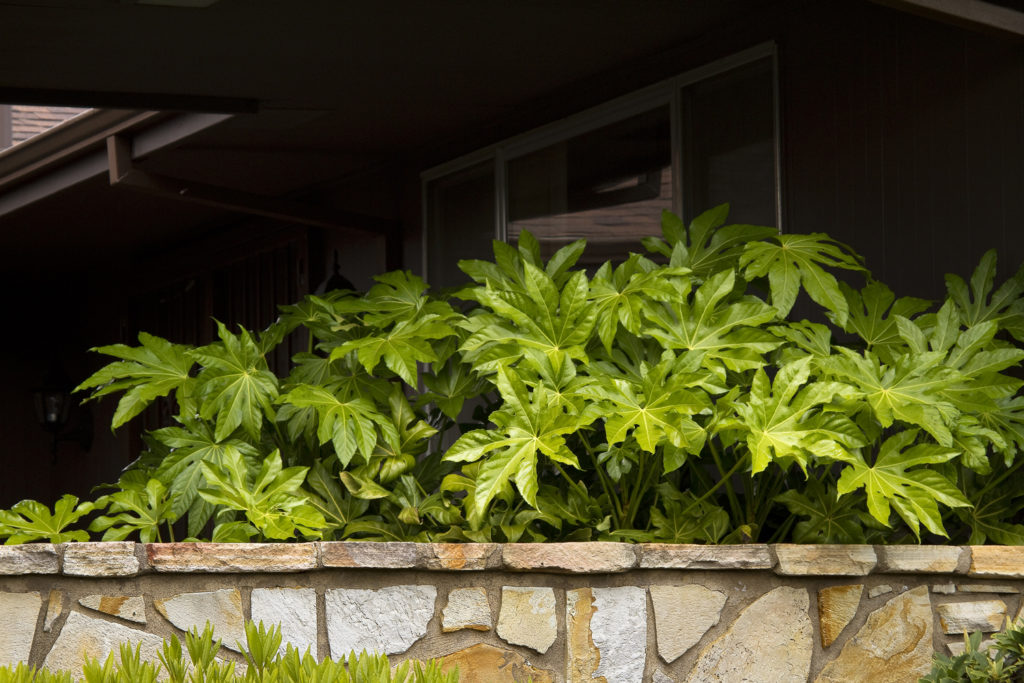
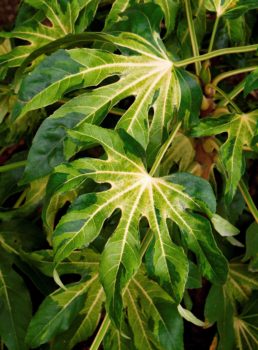
And to add even more contrast, I’ve recently added a sweep of Camouflage™ Variegated Japanese Aralia. Which is a surprise to me because I tend to stay away from variegated plants. But I feel their camouflaged variation in color seems more natural. And although Aralias prefer rich, well-drained soil they grow well in clay-rich soil too…at least in mine. Bonus!
Inkberry Holly
The Inkberry Holly (Ilex glabra ‘Compacta’) is another one of my favorite evergreen shrubs. The added bonus with the Inkberry Holly is that it’s a North American native from my home state of Florida, that’s been adapted to the Southern states. This means it will be extra hardy where I live…in the Peach State. But the takeaway from this for all readers is – regardless of where you live, choosing native plants will give you a much better chance of having plants thrive because they’re planted in their native soil. Boom!
The other thing I like about the Inkberry Holly is that she only grows (slowly) to 4-6’ tall and can be pruned down to 2-3’. This makes her a great choice for a hedge under a windowsill or as a border plant.
Yellow Anise Tree
I’m not 100% certain what makes a tree a tree or a shrub a shrub, but the Yellow Anise Tree (Illicium parviflorum) seems to be more like a shrub to me than it does a tree. A potentially 10-15’ tall shrub, but a shrub nonetheless. So it makes a great evergreen hedge to create privacy at the edge of your property or to separate one space from another within your yard.
Besides that, Anise shrubs are fast growers and highly adaptable – growing well in most soils (including clay-rich soil!) and tolerating both sun and partial shade. When grown in shady areas Anise have a looser habit, making it perfect for a naturalized space.
But what I like most about Anise is the smell of their large olive-green leaves when crushed – like licorice…or um, anise. So plant a few in your yard and enjoy them for all kinds of reasons.
Cast Iron Plant
Being as tough as grandma’s cast iron skillet, Cast Iron Plants (Aspidistra elatior) are most certainly aptly named. Personally, I have a special fondness for Cast Iron Plants because I have several drifts in my yard that I transplanted from my Nana’s garden…speaking of grandmas.
They’re an incredibly hardy, low-maintenance, lily-like ground cover that will grow to about 2’ tall in almost no sun. Which is also why the Cast Iron Plant is a favorite houseplant. But back outside, this sturdy, evergreen lovely is used where other plants wouldn’t dream of growing – like under shady trees or even decks. Although they’ll grow in hot, arid conditions, Cast Iron Plants don’t like direct sunlight – showing their disdain by yellowing out and eventually turning brown and dying. So I guess they’re not completely indestructible…but they’re pretty darn close.
Black-Eyed Susan
If you’re looking to add some color to your clay-heavy planting beds, look no further than Ms. Black-Eyed Susan. She’s a hardy, herbaceous perennial with a very bright disposition. With her abundant yellow (typically) flowers and black centers, this prolific beauty is the perfect addition to any cottage garden. She comes in many varieties, but my favorites are Goldsturm (Rudbeckia fulgida var. sullivantii ‘Goldsturm’) and Little Gold Star (Rudbeckia ‘Little Goldstar’ Plant Patent #22,397).
Black-Eyed Susans need full sun to shine (i.e., bloom) their brightest, are self-seeding, disease resistant, and once established are drought tolerant. Despite being such a beauty, she isn’t high-maintenance…although you may want to deadhead her to encourage more blooms and a sturdier, more compact plant. And not only will you love her brilliant floral display, so will butterflies and other pollinators. Come on now, need I say more?!
By the way, if you’re looking for more info on almost anything you’d want to know about Black-Eyed Susan, check out this post I found on Handy DIY Home.
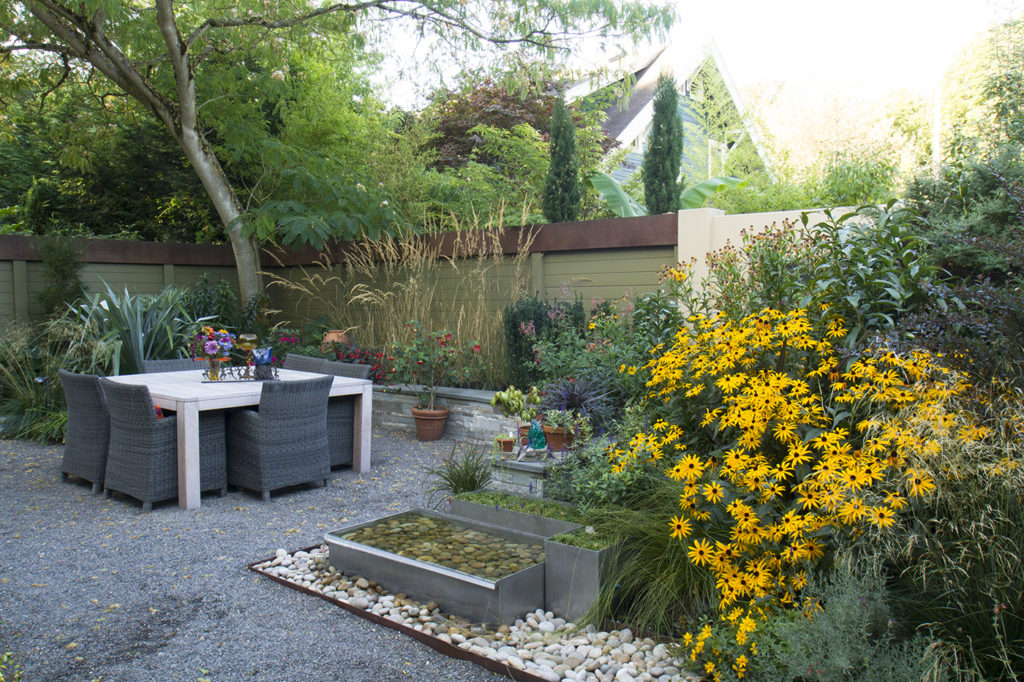
Black-Eyed Susan ‘Goldsturm’ (Photo Credit: Monrovia)
10 Honorable Mentions
In case these 5 weren’t enough to get you started, here are 10 Honorable Mentions…and believe it or not, each one of them have found a clay-happy-home in my yard:
- Leatherleaf Mahonia
- Forsythia
- Eastern Snowball Viburnum
- Hostas
- Vinca
- Hydrangeas
- Evergreen Clematis
- Astilbe
- Creeping Phlox
- Golden Jackpot Weigela
![]() Alright…that should at least get you moving in the right direction.
Alright…that should at least get you moving in the right direction.
I hope you’ve found this post helpful. And not only that, that you can now see that having clay-rich soil really isn’t the end of the world…not at all! So get out there and get your clay on!
Happy gardening friends,

 RYG is proud to be partnering with Monrovia … the plant company of all plant companies … on this post. And in case you didn’t know … for generations Monrovia has worked very hard to provide its customers with the healthiest and most beautiful plants to grace their homes and outdoor spaces. To learn more about Monrovia, their plants, and some great gardening advice, check out their Grow Beautifully blog. Regardless, all the thoughts and opinions shared on this post are ours.
RYG is proud to be partnering with Monrovia … the plant company of all plant companies … on this post. And in case you didn’t know … for generations Monrovia has worked very hard to provide its customers with the healthiest and most beautiful plants to grace their homes and outdoor spaces. To learn more about Monrovia, their plants, and some great gardening advice, check out their Grow Beautifully blog. Regardless, all the thoughts and opinions shared on this post are ours.
You may also enjoy these posts from RYG ...
If you're not already subscribed to RYG and want to get periodic updates, links to new posts & other ground redeeming info ... just enter your email address below. Easy as that!

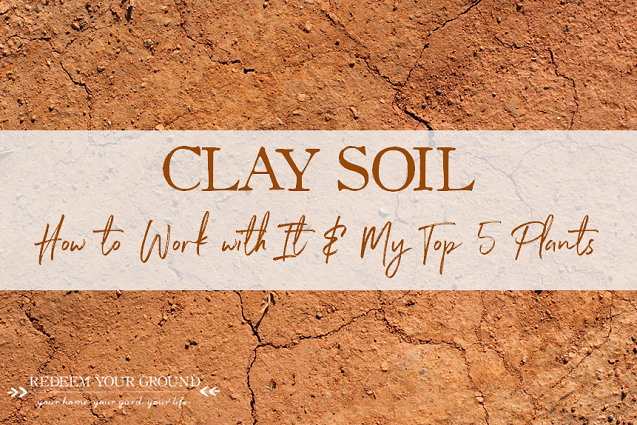
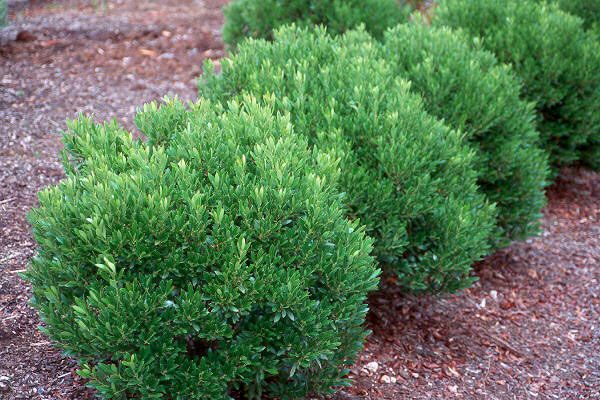
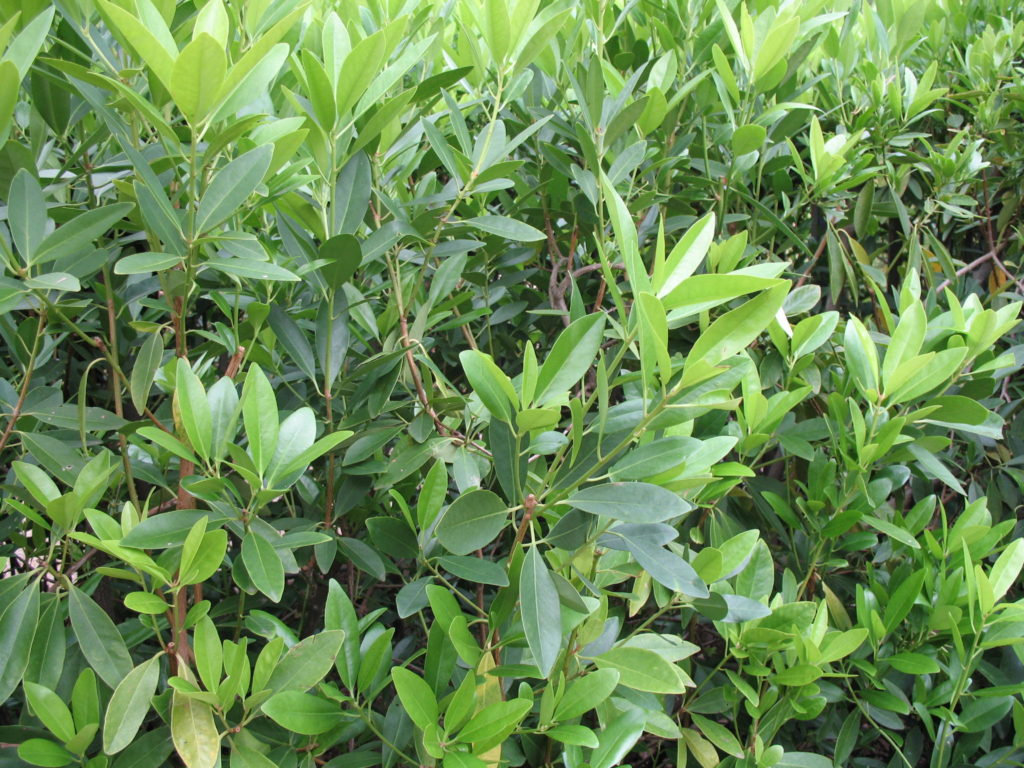
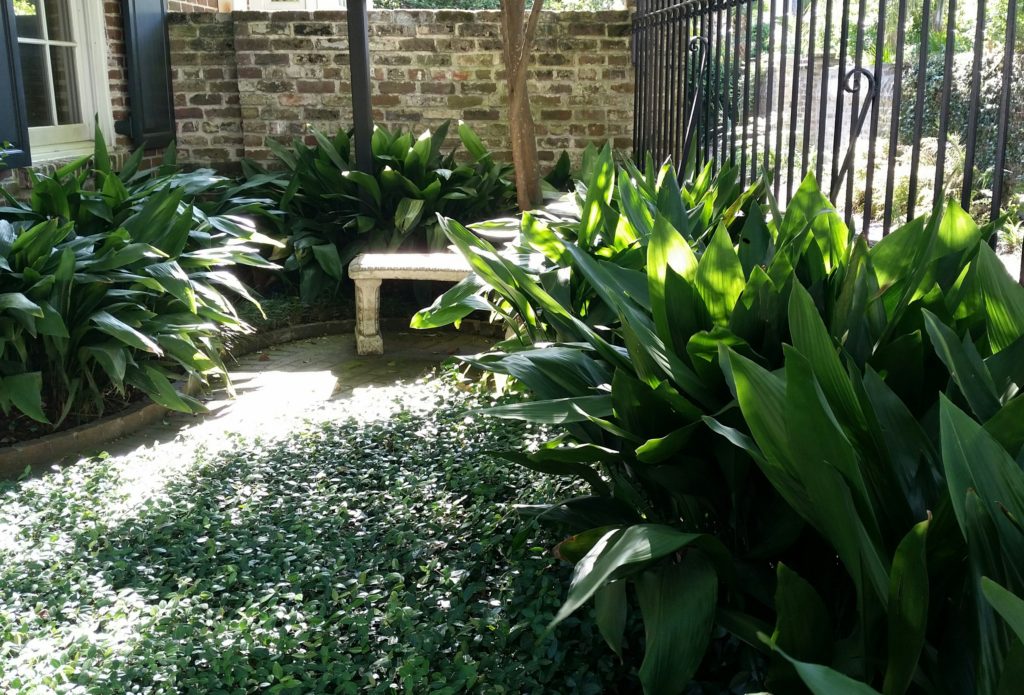
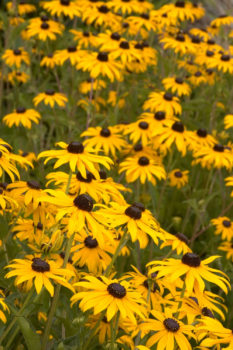
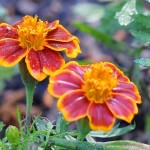
![Basic How-To’s for Planting Plants [Video for Exmark]](https://redeemyourground.com/wp-content/uploads/2017/03/Redeem-Your-Ground-Exmark6-150x150.png)
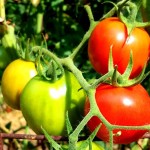
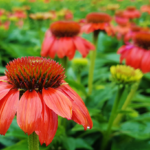
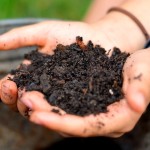
Thanks for your helpful advice on plant choices. I plan to start shopping this week for our garden. I am so glad spring has finally arrived. We are adding a new sitting deck, so we will need to landscape around it.
You are most welcome Helen…aka, Mother Dearest! Hugs, D3
Great advice. Thanks!
Thanks Ruthann…I hope this post helps you while digging around outside! Take care, D.
do you have suggestions for vegetables/fruit trees in clay soil? Thanks
Hey Be, thanks for reaching out. For the same reasons I mentioned in this post, growing veggies or fruit trees in real clay-rich soil can be incredibly challenging. Here’s an article that I found that you might find helpful, specifically about fruit trees and clay soil: https://www.sfgate.com/homeandgarden/article/Making-clay-soil-hospitable-to-fruit-trees-3187076.php. Here’s another article on veggies & clay soilthat I found that you might find helpful…suggesting that lettuce, snap beans, and chard…due to their shallow roots and growing season…are good options to consider for clay-rich soil: https://www.growveg.com/guides/growing-vegetables-in-clay-soil/.
My experience has been growing veggies/fruit trees in heavily amended soil or raised beds is probably your best bet.
Sorry I couldn’t be of any more help. Thanks again and please reach out again if you have any questions.
Take care,
D.
Compost has done wonders for our clay soil. With next to no top soil, slowly over time our compost and leaf mold /leaf mulch has broken down and provided fertile soil that is rich with worms and castings!
thanks for the article links – good info, good place to start
Where can I find photos of your inside renovation? Very interested in the landscaping. I’m helping my daughter and her husband. They are currently working on the inside and outside of their 70’s rancher in Alabama. This blog is most helpful
Hey Debbie, so sorry to just be getting back to you. All I can say is the past couple of years have been cray-cray … but we’re back among the living. We just launched the re-branded website. If you haven’t seen it, check it out. Also, we’re starting a series of posts on the interiors of your renovated ranch … you can find it here: https://redeemyourground.com/our-1960s-ranch-renovation-interiors-the-history-and-whys-for-renovating-1/.
Thanks again for reaching out and I apologize for the delay in getting back to you. I hope you had a nice 4th of July. Take care, D.